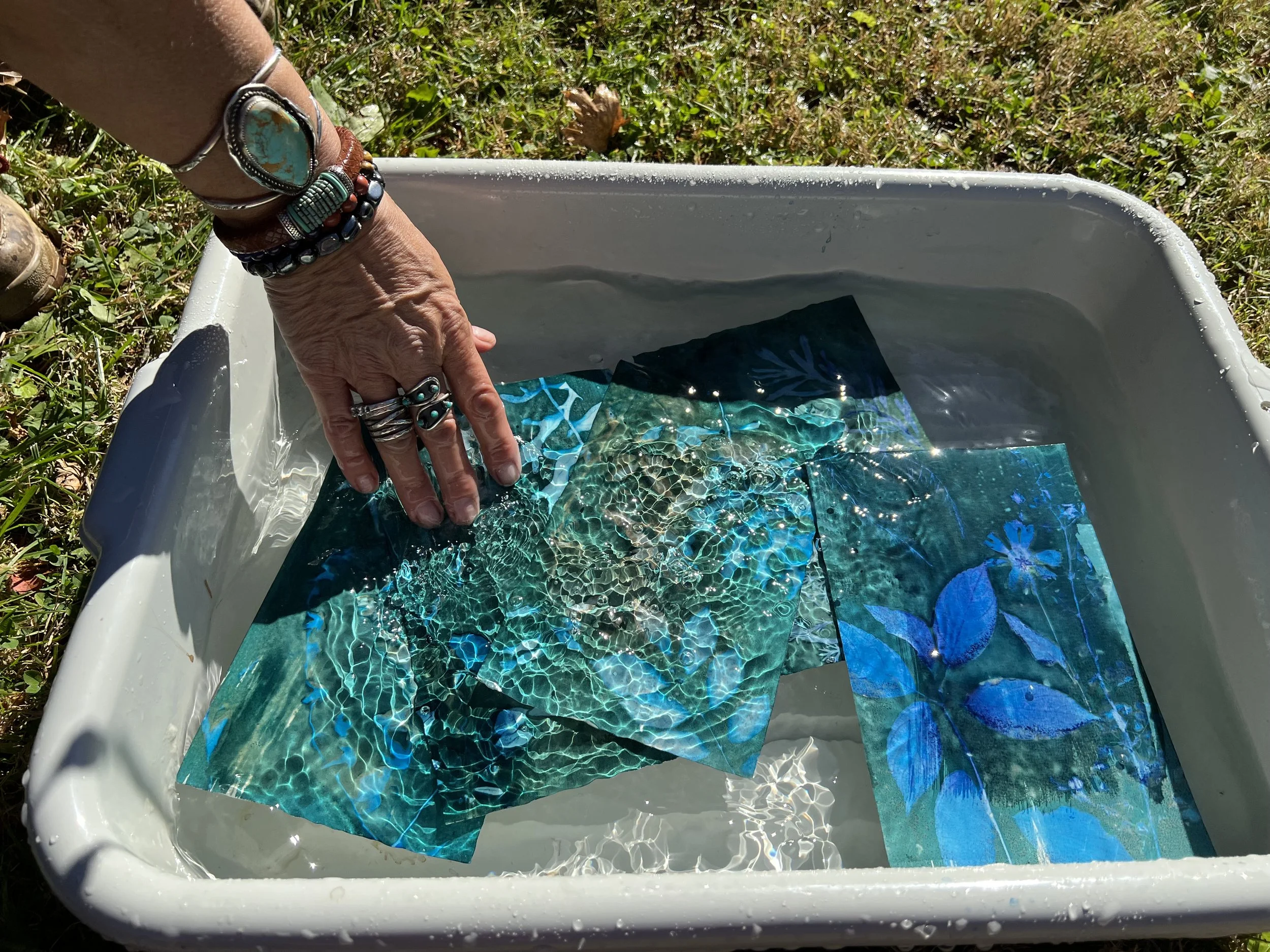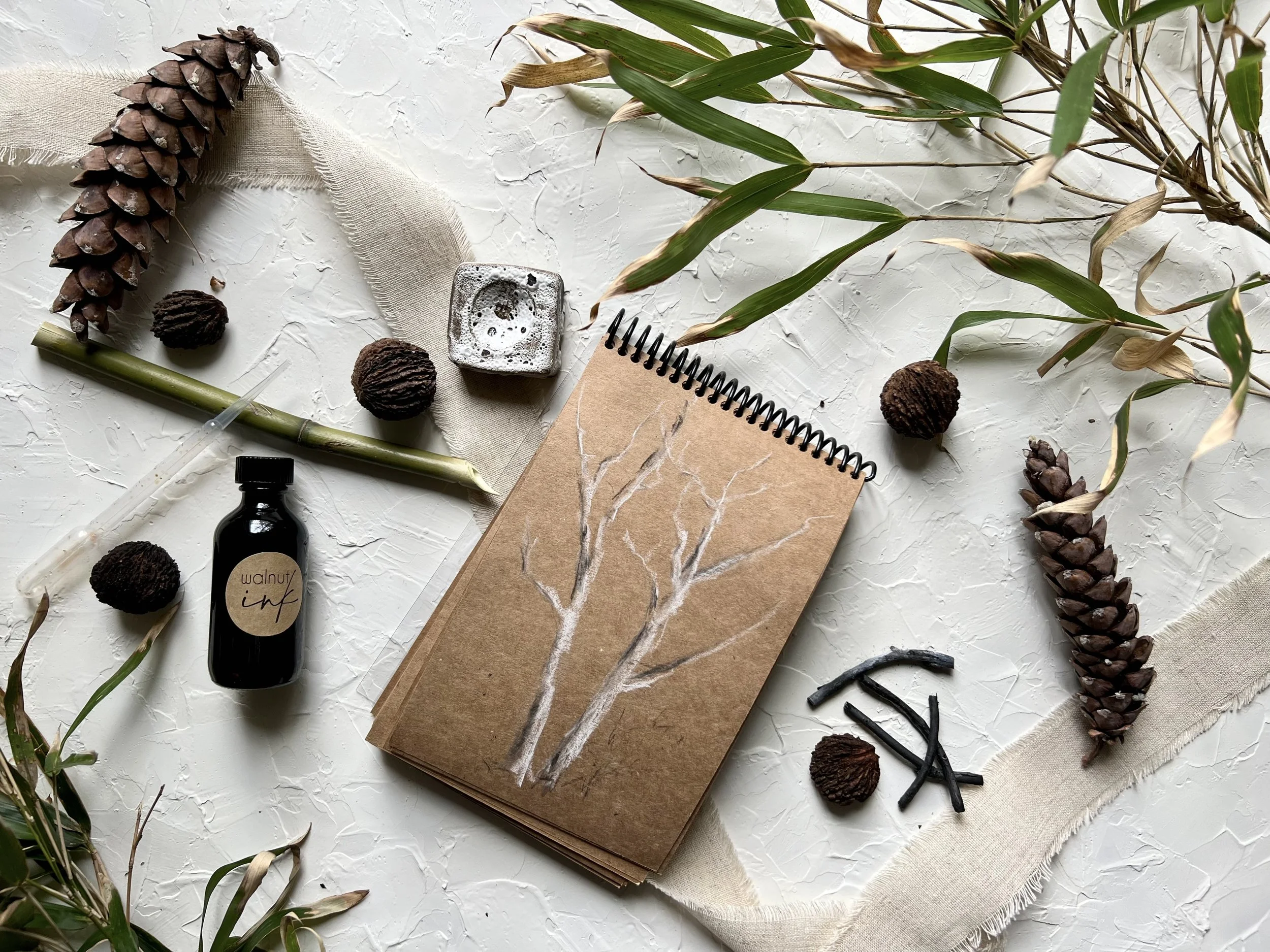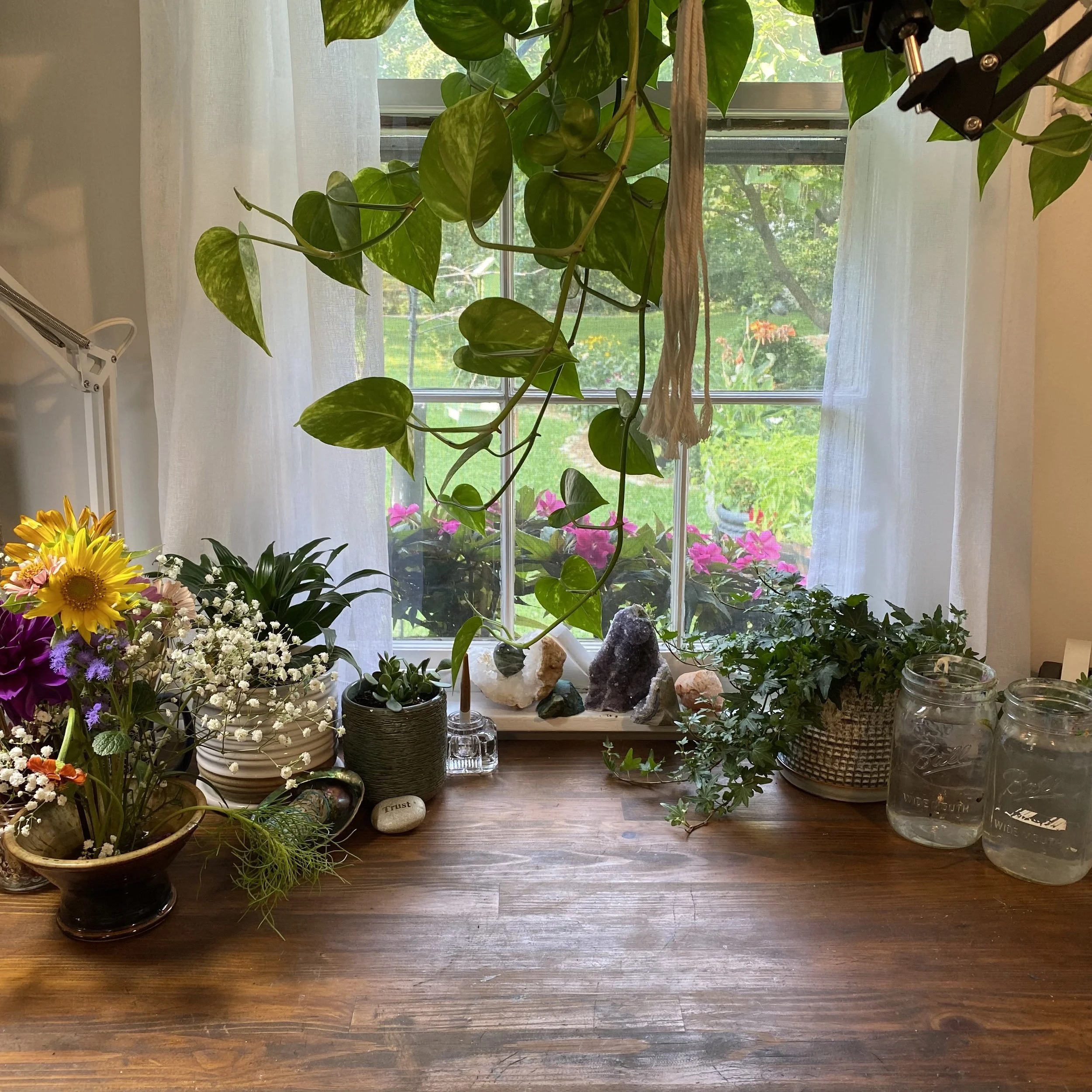Clear Colors: Evading Muddiness in Painting
To avoid muddy colors when painting you must be familiar with basic color theory. So here is color theory 101 to get you off to a good start.
Ok, so what’s a hue?
To simplify, a hue is simply the color & what color family it belongs to, let’s go with blue. So, let’s say we begin with blue for the one color and use different values of that one color for a monochromatic color scheme. It would include light blues, dark blues, and middle-value blues. Then let’s add a tiny bit of yellow to that blue, the blue starts to edge into turquoise, a warmer blue but still in the blue family. Then try adding a tiny bit of red to that blue and that blue begins to get slightly cooler and edges to the blue-violet side, but still in the blue family non less.
What’s a value?
The value is the lightness or darkness of a color. So, if I took blue and add white to it I will get a tint. The more white I add, the lighter the tint.
Keep in mind when you are mixing:
SHADES: When mixing dark colors, it only takes a tiny bit to change color and I do mean tiny! As I like to tell my students, the color black will take over so be careful.
TINTS: When mixing light colors, on the other hand, it takes a lot more white to make a color lighter. When using white I generally will start with white and then add the color to that if I want the tint very light.
TONES: To mix a tone you add gray to a color (black & white) I love some of the beautiful muted colors you can achieve mixing tones.
Temperature
When looking at the color wheel one side is considered warm: yellows, oranges, and reds. The other side of the wheel is considered cool: greens, blues, and violets. Some colors are cooler or warmer. For instance, Magenta is a cooler red. Now Ultramarine Blue and Cerulean Blue seem very similar but in fact, Ultramarine Blue has more red in it which appears a bit cooler even though red is a warm color. Cerulean Blue has more yellow in it in which yellow is warm but appears more warm than red. I know, it’s a bit confusing but the more you play with paint, the more you will start to notice the subtle differences. It is impossible to get muddy colors when using groups of warm or cool colors.
Alright now, what’s the complementary color?
Complementary colors are colors that sit across from each other on the color wheel. So the complementary color of blue is orange. Have you ever thought of how beautiful blue is with orange? That is because they are complementary colors. The same goes with green + red, violet + yellow. Using complementary colors in the painting adds a strong contrast to the artwork. You want to be careful about mixing the two though, it can definitely lead to muddy colors.
to make a painting even more interesting and add greater depth and interest you can also use a Split Complementarycolor scheme. Let’s say we take green. The complementary color is red, so the split complementary color are the two colors on each side of red. In this case, it would be red-violet and red-orange.
This is where you can make muddy colors
So, how to avoid muddy colors … A frequent complaint among artists is “I keep making mud when I paint” or how do I keep my paint from looking muddy” When you mix all three primary colors together you will get neutral colors, aka MUD! So if you mix the complementary colors together, you are in essence mixing the three primary colors together. Now, it’s really a matter of context. There are parts of a painting when you want desaturated color such as shadow areas. For browns and grays, try mixing the two complementary colors, you will be amazed at all the yummy varieties you can come up with! verses taking brown straight from the tube. This is particularly handy when working with landscapes. One last note on neutral colors. Instead of using black straight from the tube which tends to be flat, try mixing equal parts of Ultramarine blue and Burnt Sienna (I use Golden acrylics). This combination makes such a lovely rich black with much more depth and interest. Then just add white for a beautiful gray.
Now is a good time to talk about Saturation
Saturation or chroma refers to the intensity of a color which directly relates to the purity of a color. Your primary colors are pure colors. You can not mix colors to make a “pure, high intensity” primary color. When you start to add the complementary color it desaturates the color. Which in turn can give you some beautiful colors but too much …. will again lead to muddy colors.
Now let’s get into the Tertiary Colors. (AKA Intermediate colors)
Say what? There’s more?
Yup. Tertiary colors are colors that are mixed with a primary color (red, yellow, blue) and with a secondary color (green, violet, orange). So the tertiary colors are red-violet, red-orange, yellow-orange, yellow-green, blue-green, and blue-violet. Tertiary Triad color schemes are quite beautiful. They form a triangle in the color wheel. Say for instance red-violet, yellow-green, and blue-violet
Next is the Triad Color Scheme. Again, the triad will form a triangle on the color wheel. For instance, orange, violet, and green. I’m sure you have seen this color combination around Halloween with cards and decorative items besides the typical black and orange.
And now for Analogous colors
What are those?
Analogous is simple really, it refers to the analogy which means similar. The analogous colors sit next to one another on the color wheel. Analogous colors make gorgeous color palettes. Interior designers use analogous color palettes quite often and they are simply stunning.
Keep it simple to avoid muddy colors
Begin by using primary colors. If you are on a budget, begin with your three primary colors, red, yellow, and blue. (plus white and black) You can create oodles of colors with just those. Now, your primary red is more towards magenta and your primary blue is closer to cyan. I know this is a lot to digest, but I hope it has helped clear up how to avoid those muddy colors.
Click here for a free download on basic color theory!
Next we will talk about how to get color Harmony and using a mother color as one way to achieve that.
If you are interested in creating color harmony, aka using a mother color click here.
To keep apprised on the happenings in the studio, please subscribe to the Studio Insider here. If you would like to join some challenges in my Mixed Media and Art Journaling Facebook group, click HERE. If you would like to find me on other social channels you can find the links HERE.



























